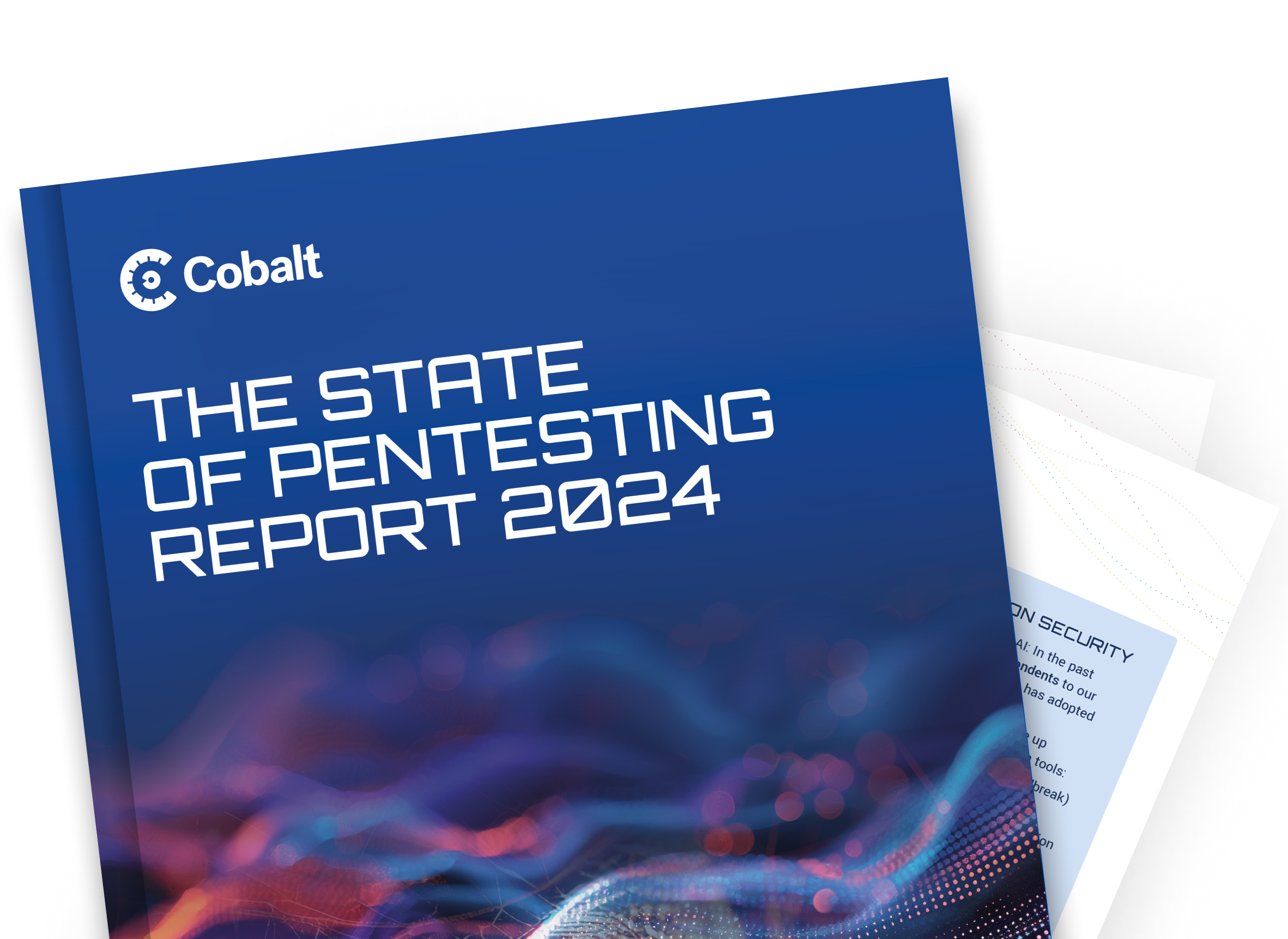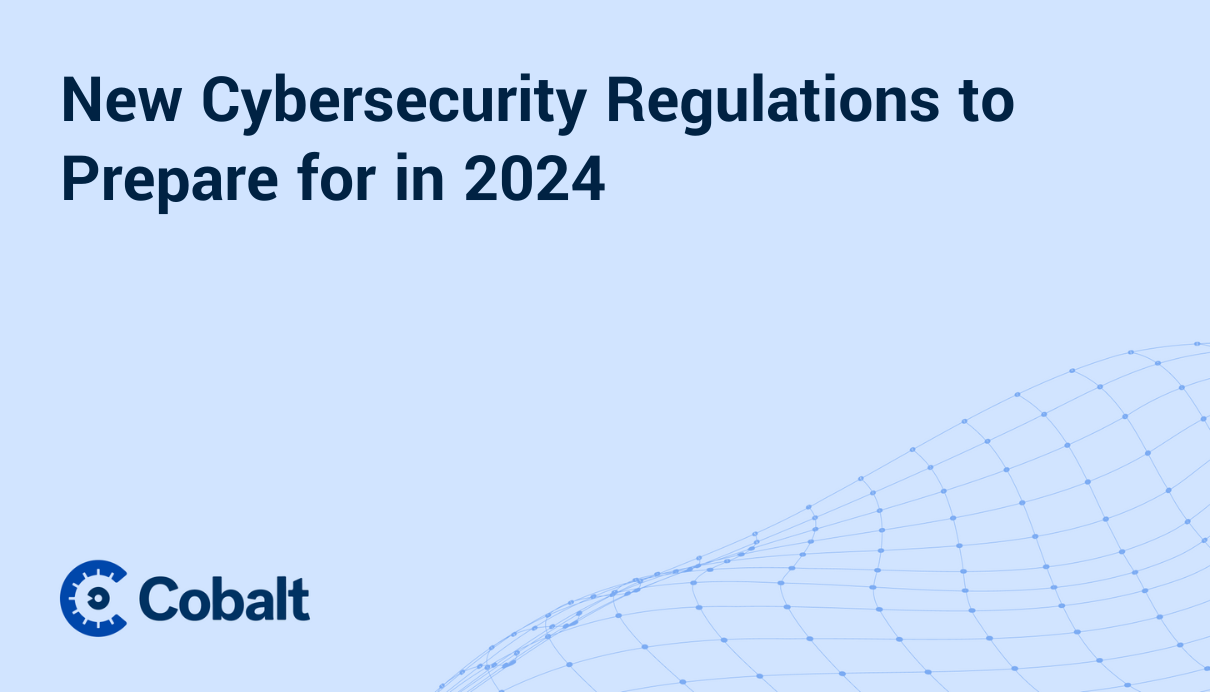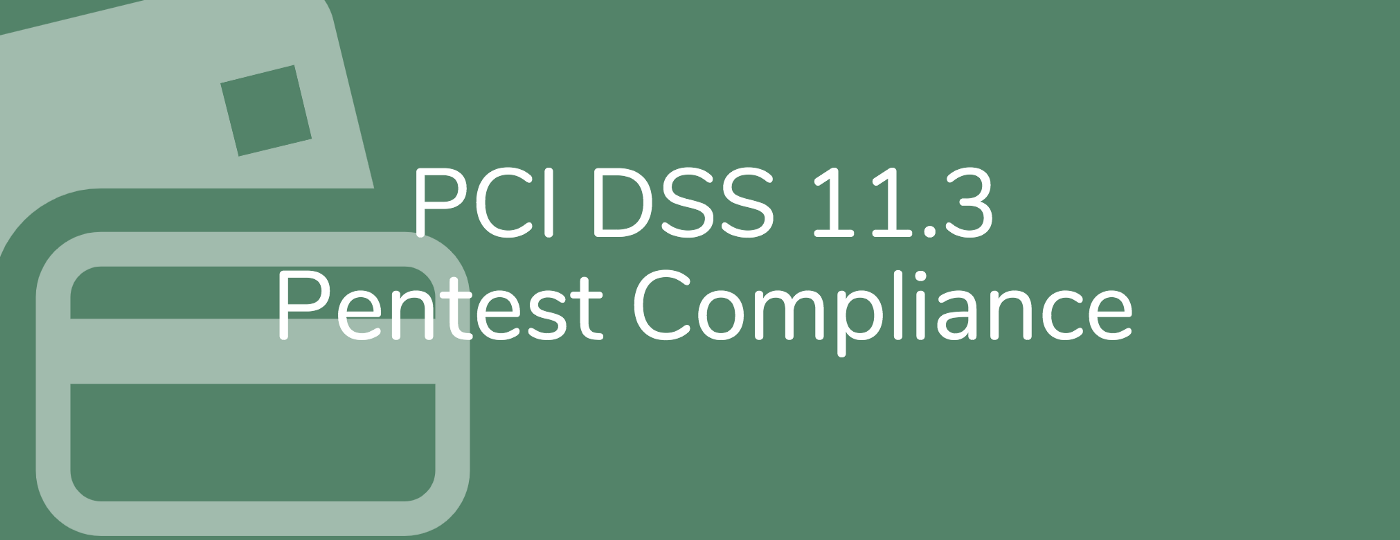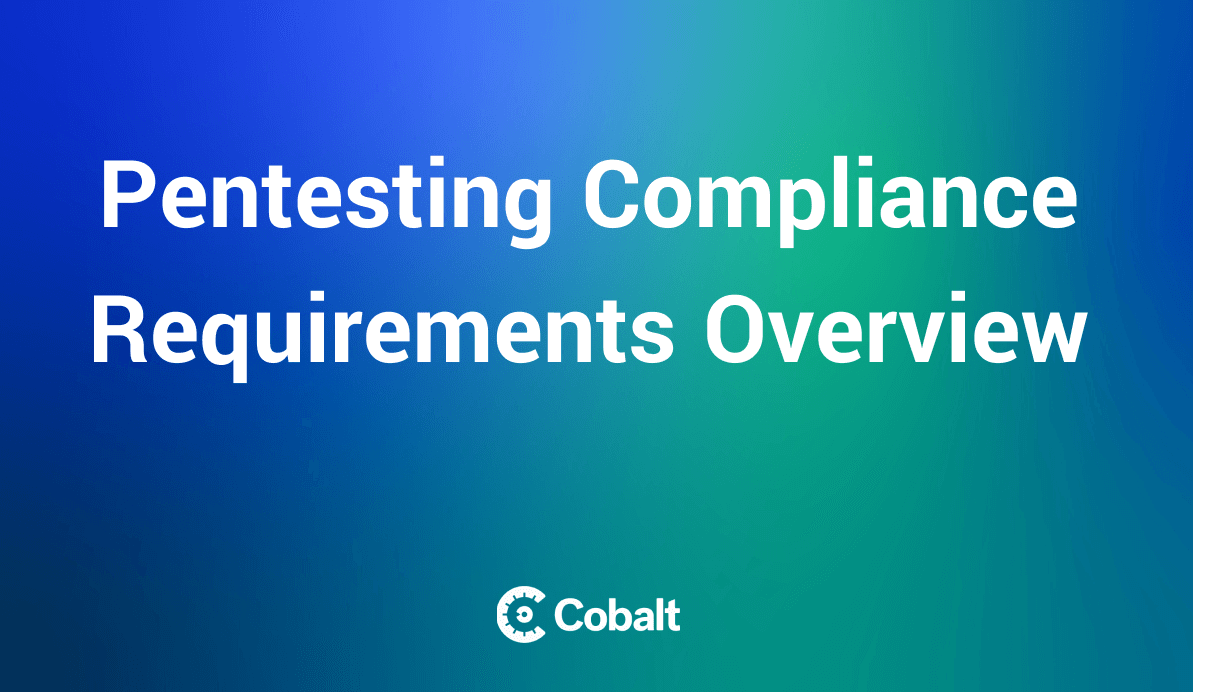The Payment Card Industry Data Security Standard (PCI-DSS) is a set of security requirements designed to ensure that all companies that process, store, or transmit credit card information maintain a secure environment.
The PCI Security Standards Council released version 4.0 of the standard, marking a significant update to the guidelines in 2022. Organizations have until March 31, 2024, to transition to PCI-DSS 4.0, after which the old version, 3.2.1, will be retired (however, there is a year-long "grace period" for implementing some of the more sophisticated changes).
PCI-DSS 4.0 introduces several changes that address the evolving threat landscape. With the timeline to the switch growing shorter, organizations are working hard to properly navigate the transition to PCI-DSS 4.0 and stay compliant.
Below, we'll look at the key changes introduced in PCI-DSS 4.0, discuss strategies for overcoming common implementation challenges, and provide practical guidance for maintaining a strong security posture in the face of evolving threats.
By aligning with the core principles of the new standard and embracing a proactive, risk-based approach to payment security, businesses can not only achieve compliance but also lay the foundation for long-term success in a rapidly changing digital world.
What you need to know about PCI 4.0
- PCI-DSS 4.0 represents a significant shift from prescriptive controls to a more flexible, outcome-based approach, allowing organizations to tailor their security measures to their unique risk profile and business objectives.
- The updated standard places greater emphasis on continuous monitoring, detection, and response capabilities, recognizing that prevention alone is insufficient in the face of advanced persistent threats (APTs) and insider risks.
- PCI-DSS 4.0 introduces new requirements for multi-factor authentication (MFA), encryption, and key management, reflecting the growing importance of strong access controls and data protection in a distributed, multi-cloud environment.
- The standard now mandates more rigorous testing and validation procedures, including penetration testing, vulnerability scanning, and application security assessments, to ensure that security controls are effective and properly implemented.
- PCI-DSS 4.0 expands the scope of compliance to encompass third-party service providers, requiring organizations to establish robust vendor management programs and enforce stringent security requirements throughout their supply chain.
- The updated standard places a strong focus on security awareness training and education, recognizing that human error and social engineering remain primary vectors for data breaches and cyber attacks.
- PCI-DSS 4.0 introduces new requirements for incident response planning and testing, emphasizing the need for well-coordinated, cross-functional teams to minimize the impact of security incidents and maintain business continuity.
While the PCI Security Standards Council itself does not enforce compliance, payment card brands and acquiring banks that process credit card transactions have a vested interest in ensuring merchants adhere to the standard. These organizations can impose financial penalties, increase transaction fees, or even terminate a non-compliant business's ability to process credit card payments altogether.
What's new in v4.0? Changes and Added Requirements
-
Flexible, Outcome-Based Approach: PCI-DSS 4.0 embraces a more flexible, outcome-based approach, empowering organizations to tailor their security measures to their unique risk profile and objectives.
-
Continuous Monitoring, Detection, and Response:
-
Continuous monitoring, detection, and response capabilities are central in PCI-DSS 4.0.
-
Companies can no longer rely solely on preventive measures to keep their data safe.
-
Example: A busy e-commerce platform that processes thousands of transactions daily must have a thorough system in place to identify, analyze, and respond to potential security incidents at a moment's notice, minimizing the impact of breaches on its operations and customers.
-
-
Increased Attention to MFA, Encryption, and Key Management:
-
The updated standard increases attention to multi-factor authentication (MFA), encryption, and key management.
-
Example: A global retail chain with payment card transactions flowing through multiple systems and locations must ensure that strong authentication and encryption practices are consistently enforced across its entire network, significantly reducing the risk of unauthorized access and data exposure.
-
-
Proving Effectiveness of Controls:
-
Organizations must also prove the effectiveness of their controls.
-
This includes penetration testing, vulnerability scanning, and application security assessments.
-
Example: A financial institution that processes millions of dollars in transactions each day might engage a team of security testers to simulate real-world attacks and stress-test the resilience of their payment processing systems, identifying and addressing potential weaknesses before they can be exploited by malicious actors.
-
-
Third-Party Service Providers:
-
The ripple effect of PCI-DSS 4.0 extends beyond the organization itself, encompassing third-party service providers.
-
Example: A small business that relies on an external vendor to handle its payment processing must establish a comprehensive vendor management program, complete with meticulous due diligence processes, including contractual obligations and ongoing monitoring to ensure that its partners uphold the same high standards of security.
-
-
Human Element of Payment Security:
-
Amidst all the technical controls and requirements, PCI-DSS 4.0 also recognizes the human element of payment security.
-
A company can have the most advanced security systems in place, but if its employees aren't properly trained, they remain vulnerable to social engineering attacks and human error.
-
The new standard places a strong emphasis on regular, up-to-date security awareness training for all stakeholders, fostering a culture of vigilance and responsibility.
-
Mobile Payment Security Standards under PCI-DSS 4.0
As mobile commerce continues to grow, PCI-DSS 4.0 introduces specific requirements to secure mobile payment systems. These include:
- Strong Encryption: Ensuring that all data transmitted via mobile payment systems is encrypted to prevent interception and unauthorized access.
- Secure Coding Practices: Implementing secure coding practices to protect against vulnerabilities such as reverse engineering and tampering.
- Regular Security Testing: Conducting regular security testing, including vulnerability assessments and penetration testing, to identify and address potential weaknesses in mobile payment applications.
- User Authentication: Enforcing robust user authentication mechanisms, such as multi-factor authentication (MFA), to ensure that only authorized users can access mobile payment systems.
What will the transition period to PCI-DSS 4.0 be like?
The shift to PCI-DSS 4.0 is not an overnight affair. The PCI Security Standards Council has designed a phased transition period, providing organizations with ample time to digest the new requirements, assess their current compliance posture, and implement the necessary changes in a manageable, step-by-step manner.
The journey begins with a period of overlap, during which both PCI-DSS 3.2.1 and 4.0 will be active standards. This overlap, which extends until March 31, 2024, gives businesses the flexibility to choose when to make the leap to the new version. Some may opt for an early adoption, eager to reap the benefits of the enhanced security measures, while others may take a more measured approach, carefully planning their transition to minimize disruption to their operations.
Once an organization decides to embark on the PCI-DSS 4.0 journey, the first step is a thorough gap analysis. This involves comparing their current security controls and processes against the new requirements, identifying areas where they fall short, and prioritizing the necessary remediation efforts. For some, this may be a relatively straightforward exercise, particularly if they have maintained a strong security posture under PCI-DSS 3.2.1.
As businesses work through their gap analysis and develop their implementation roadmap, they must also consider the potential impact on their day-to-day operations. Upgrading security systems, revising processes, and retraining staff can be time-consuming and resource-intensive. Organizations will need to strike a delicate balance between meeting the new requirements and minimizing disruption to their business, all while ensuring that they maintain a robust security posture throughout the transition period.
Throughout the transition period, communication and collaboration will be key to ensuring that everyone understands the new requirements and their role in the transition process. Regular progress updates and open lines of communication can help identify potential roadblocks early and ensure that the organization remains on track to meet the PCI-DSS 4.0 deadline. After implementing the changes, organizations should conduct thorough testing and validation to ensure that their security measures are effective and compliant with PCI-DSS 4.0.
External partnerships will also play a crucial role in a successful transition. Engaging with qualified security assessors (QSAs), managed service providers, and other third-party experts can provide valuable guidance and support, helping organizations navigate the complexities of the new standard and implement best practices for ongoing compliance.
As the March 31, 2024 deadline approaches, organizations should be well on their way to aligning with PCI-DSS 4.0. Regular progress checks, internal audits, and communication with key stakeholders will help ensure that any remaining gaps are addressed in a timely manner and that the organization is fully prepared to embrace the new standard.
Refining Your Incident Response Plan for PCI-DSS 4.0
PCI-DSS 4.0 introduces new requirements for incident response planning and testing, emphasizing the need for well-coordinated, cross-functional teams to minimize the impact of security incidents and maintain business continuity. Here are the key steps to refine your incident response plan:
-
Develop a Comprehensive Plan:
- Scope and Roles: Clearly define the scope and objectives of your incident response plan. Assign specific roles and responsibilities to team members.
- Detection and Reporting: Implement robust detection mechanisms and establish clear procedures for reporting security incidents.
-
Incident Classification and Prioritization:
- Classification Criteria: Develop criteria for classifying incidents based on severity and potential impact.
- Prioritization Framework: Ensure critical incidents are addressed first by implementing a prioritization framework.
-
Response and Containment:
- Immediate Actions: Define steps to contain and mitigate the impact of incidents, such as isolating affected systems.
- Technical Remediation: Outline steps to address the root cause, including patching vulnerabilities and removing malware.
-
Communication and Coordination:
- Internal Communication: Establish clear communication channels for internal coordination during an incident.
- External Communication: Develop a plan for communicating with external stakeholders, including customers and regulators.
-
Post-Incident Review and Improvement:
- Incident Review: Conduct reviews to identify lessons learned and areas for improvement.
- Continuous Improvement: Regularly update your incident response plan to incorporate lessons learned and adapt to new threats.
-
Regular Training and Drills:
- Training Sessions: Conduct regular training to ensure team members are familiar with the plan.
- Simulated Drills: Perform drills to test the plan and identify any gaps or weaknesses.
By refining your incident response plan to align with PCI-DSS 4.0, you can ensure your organization is prepared to respond effectively to security incidents, minimizing their impact and maintaining a strong security posture.
Common Cyber Threats to E-commerce and Mitigation Strategies
As e-commerce continues to evolve, so do its cyber threats. While PCI-DSS 4.0 provides a framework for securing payment data, organizations must be proactive in identifying and mitigating the risks posed by increasingly sophisticated attackers.
Phishing and social engineering attacks are among the most pervasive threats to e-commerce.
Attackers often target employees with carefully crafted emails or messages, tricking them into revealing sensitive information or downloading malware. To combat this threat, invest in regular, engaging security awareness training that goes beyond simple compliance, fostering a culture of skepticism and caution among staff.
Vulnerabilities in web applications and payment processing systems pose another significant risk. As businesses expand their online presence and integrate with a growing number of third-party services, the potential attack surface increases. It's crucial to conduct regular vulnerability scanning, penetration testing, and code reviews to identify and remediate weaknesses before attackers can exploit them.
The rise of mobile commerce has also brought with it a new set of challenges. Mobile apps and payment systems can be vulnerable to a range of attacks, from reverse engineering and tampering to insecure data storage and transmission. Implement strong encryption, secure coding practices, and regular security testing to mitigate these risks and protect sensitive customer data.
Insider threats, whether malicious or unintentional, pose another significant risk to e-commerce security. Disgruntled employees, contractors with excessive access privileges, or simply careless staff can all contribute to data breaches and security incidents. To minimize the risk of insider threats and implement strong access controls, it's important to monitor user activity and regularly review and update access privileges.
As e-commerce businesses increasingly rely on cloud services and third-party providers, thorough vendor management is also important. Attackers often target the weakest link in the supply chain, making it essential to conduct due diligence, establish clear security requirements, and regularly monitor and assess the security posture of all external partners.
Ransomware and other malware attacks are growing threats that can cripple e-commerce operations, damage reputation, and result in significant financial losses. In 2023, 66% of organizations in a Sophos’s Survey reported being targeted by ransomware, with the average ransom payout rising from $812,380 in 2022 to $1,542,333. That's why it's increasingly necessary to implement strong endpoint protection, regularly back up data, and maintain a well-rehearsed incident response plan to mitigate the impact of these threats.
Embracing Continuous Testing and Improvement: The Path Forward
As organizations navigate the transition to PCI-DSS 4.0 and adapt to the ever-evolving landscape of cyber threats, it becomes clear that compliance is not a one-time event. The new standard's emphasis on continuous monitoring, testing, and improvement highlights the need for organizations to adopt a proactive, risk-based approach to payment security.
Penetration testing has long been a critical tool for identifying and addressing potential vulnerabilities. By simulating real-world attacks and stress-testing the resilience of payment systems, pentesting provides organizations with valuable insights into the effectiveness of their security controls and helps them prioritize remediation efforts.
However, conducting regular, comprehensive pentests can be a daunting task for many organizations, particularly those with limited in-house security expertise or resources. This is where partnering with a trusted, experienced penetration testing provider like Cobalt can make all the difference.
Cobalt offers a cutting-edge Pentesting as a Service (PtaaS) platform that combines the expertise of highly skilled, vetted pentesters with a powerful, collaborative platform that streamlines the testing process and provides actionable insights for remediation. By leveraging Cobalt's PtaaS solution, organizations can ensure that their penetration testing efforts are consistent, efficient, and aligned with the latest industry best practices and regulatory requirements, including PCI-DSS 4.0. Explore other new cybersecurity regulations in 2024.








